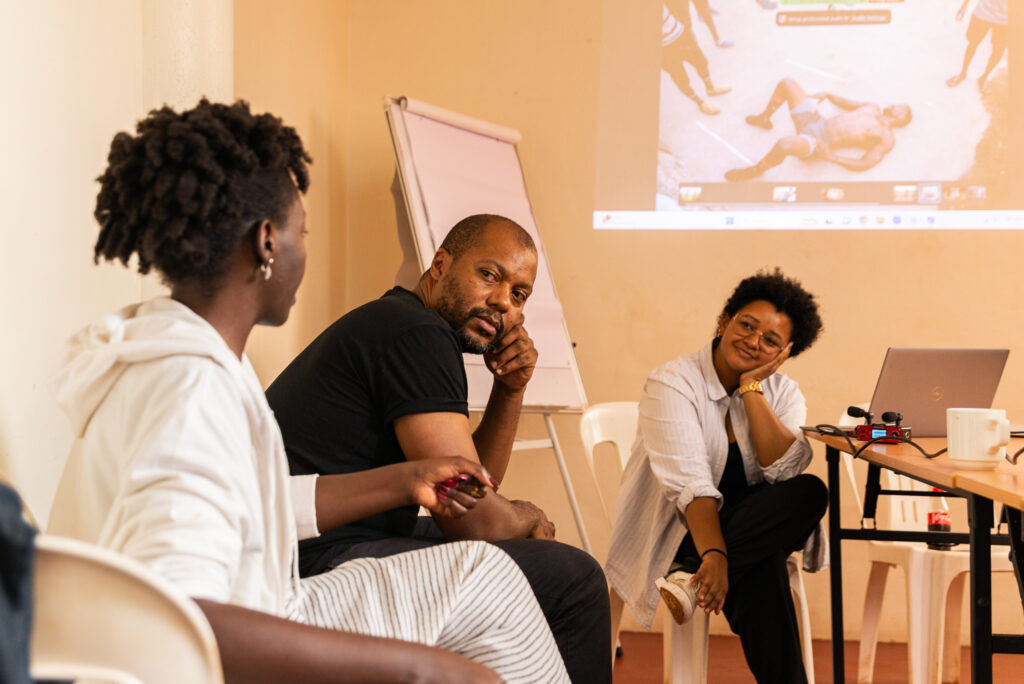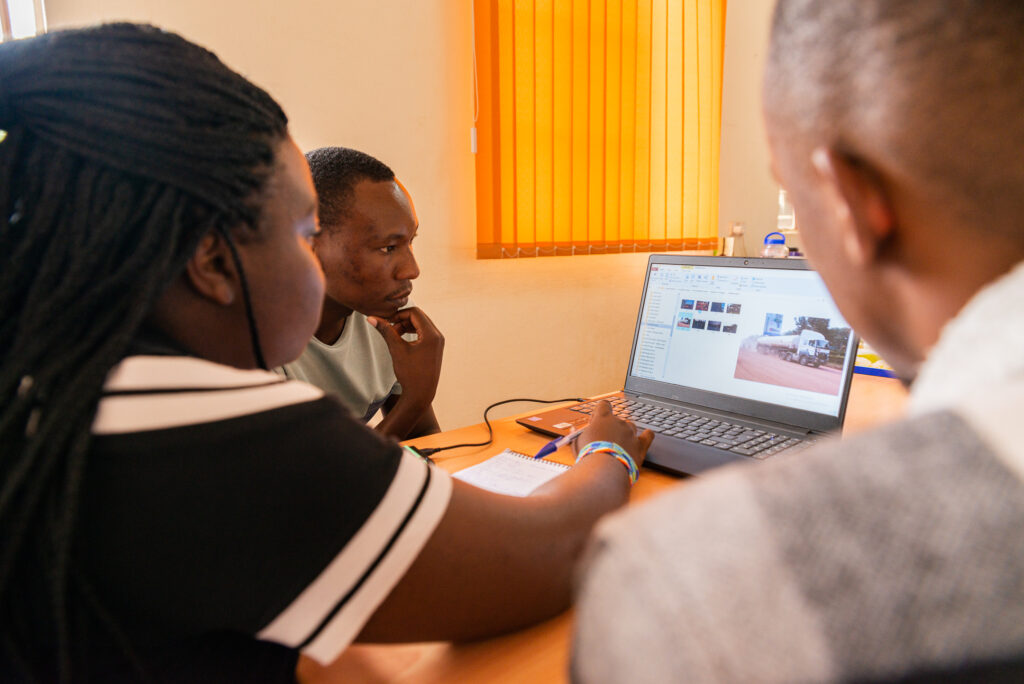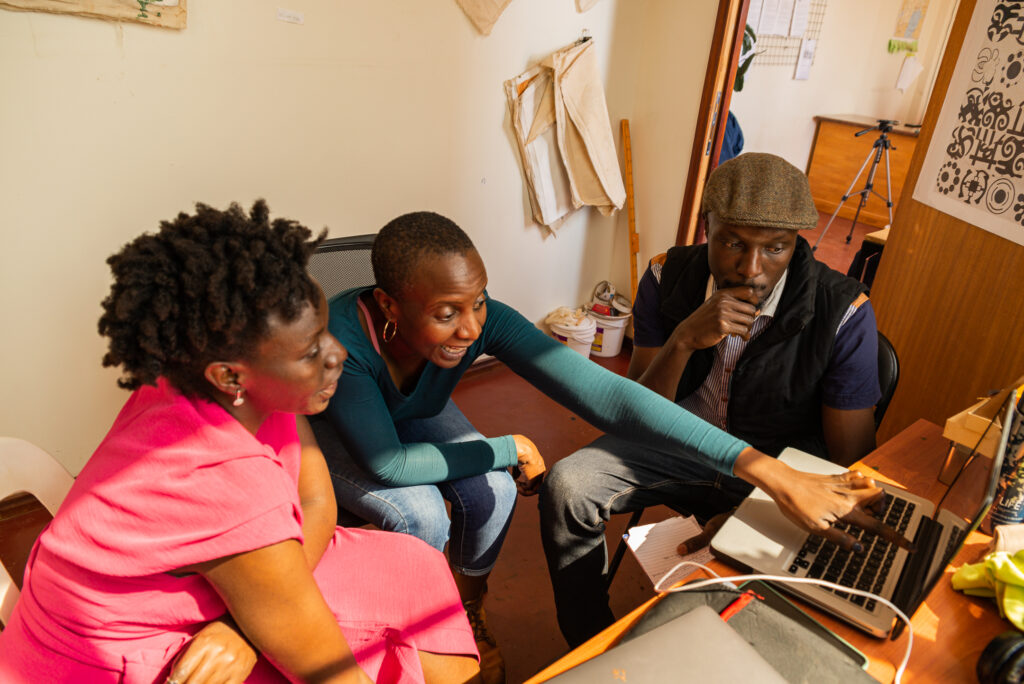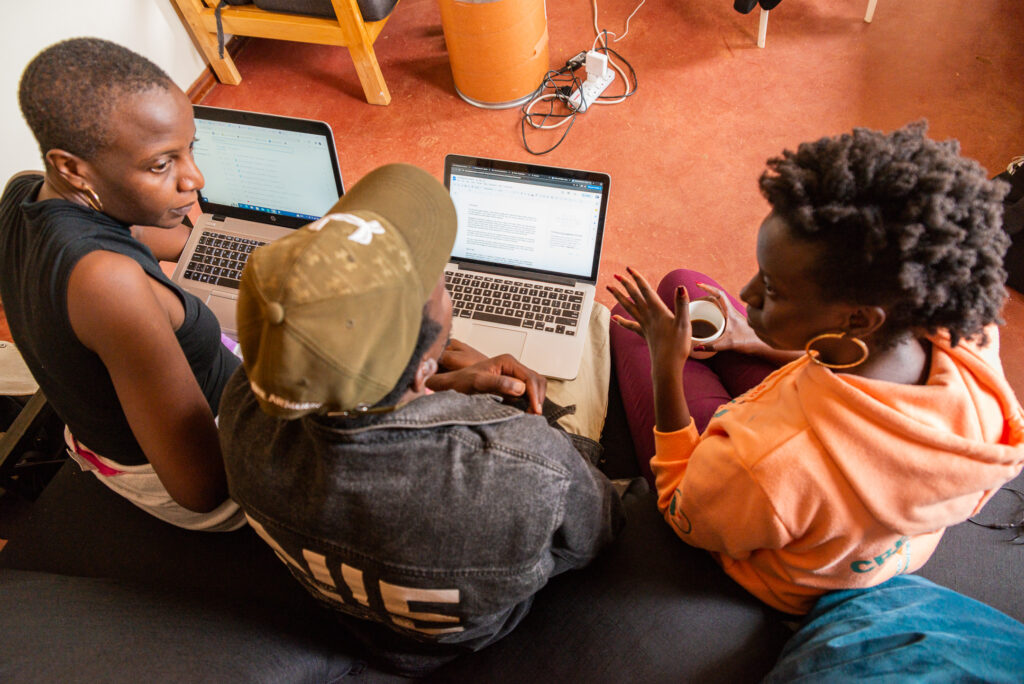
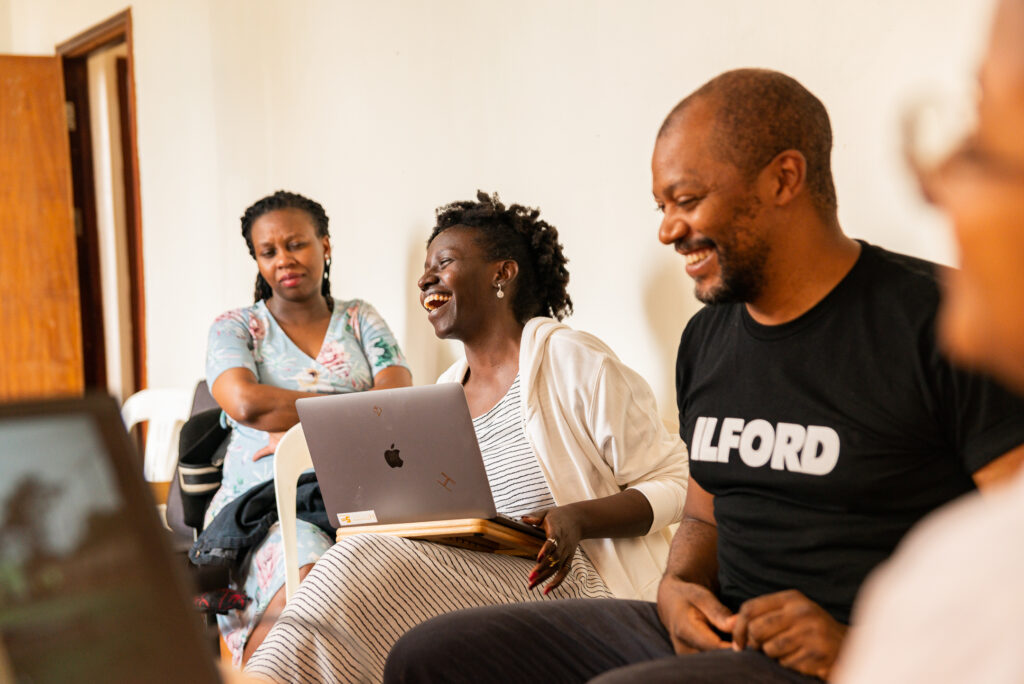

In Uganda there are lots of places to show photography to the public online, as well as galleries and exhibitions in Kampala, but documentary photographers face a problem. There is no local common space where extended stories can be published in their full-length format, except on personal websites.
There are no local magazines with a news focus, and even if local newspapers publish a photo story, they will only use a small selection because the use of multiple pages is expensive and doesn’t make business sense.
Instead photographers must share their work as single images on social media, or sell them to foreign publications whose audiences might not share a common context, which means making stories that explain instead of exploring.
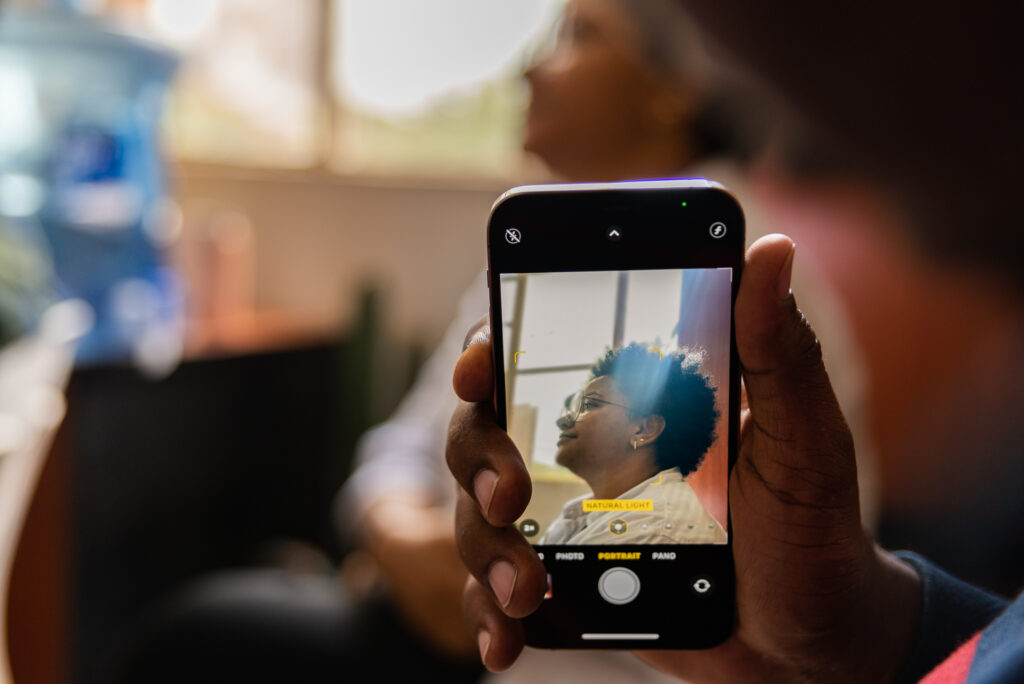
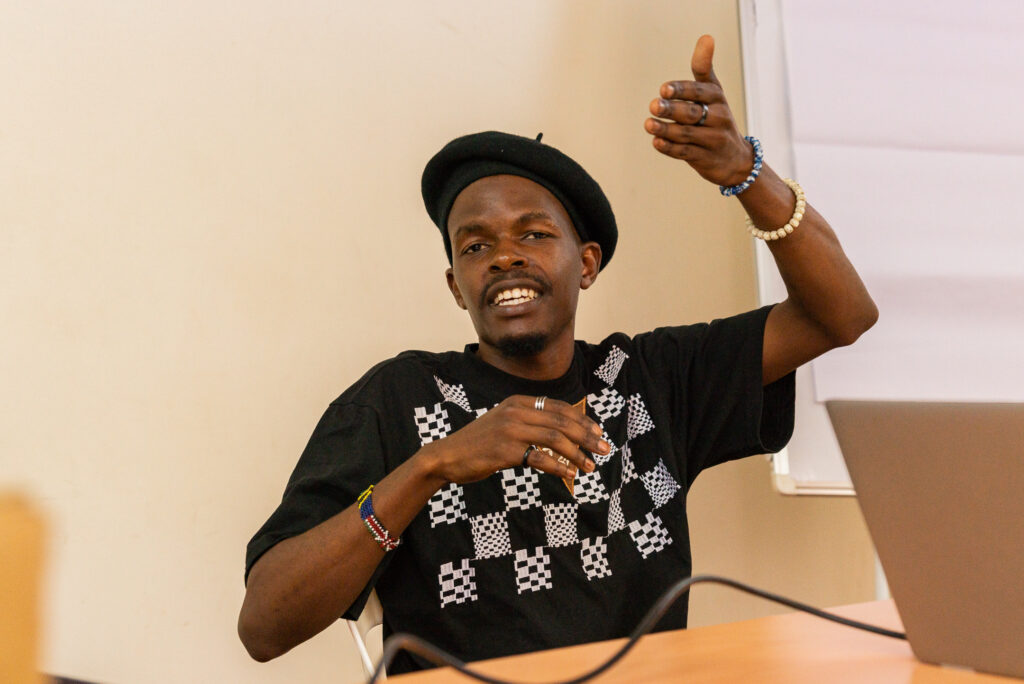
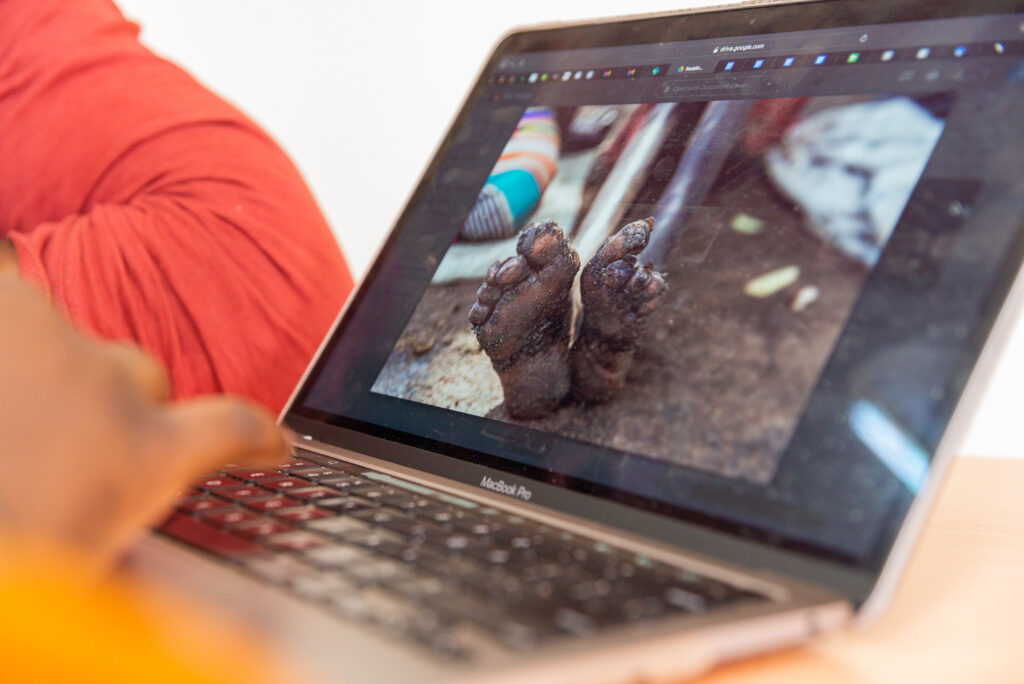
This really matters. The stories we make are not always interesting to outsiders, and they don’t always make sense if you don’t understand the cultures they come from. But the needs of an audience in America or Europe should not be the determining factor about whether such stories are documented- it is our history, and it is important for us to find ways to record it and share it without external mediation.
In Circulations we experimented with different ways of publishing, stepping away from a focus on the printed page and instead embracing the technology and software built into the small screens that we all carry in our pockets every day.
To conduct an experimental design process, FOTEA gathered together eight prominent photographers and five facilitators and asked them to explore what form and content these stories should or could express in order to reach the audiences they were originally intended for.
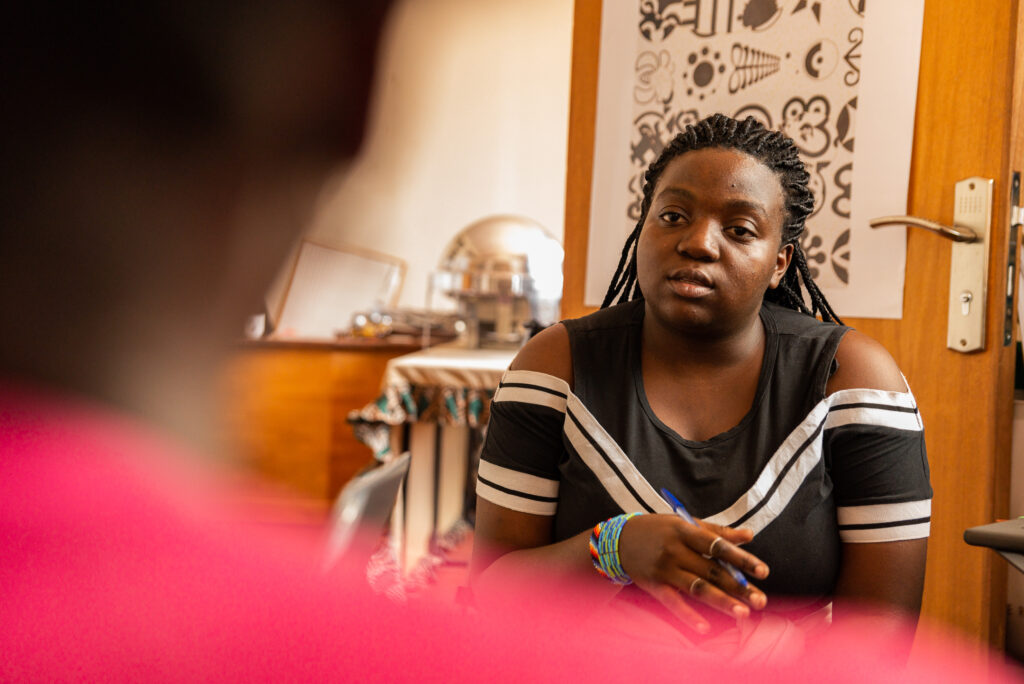
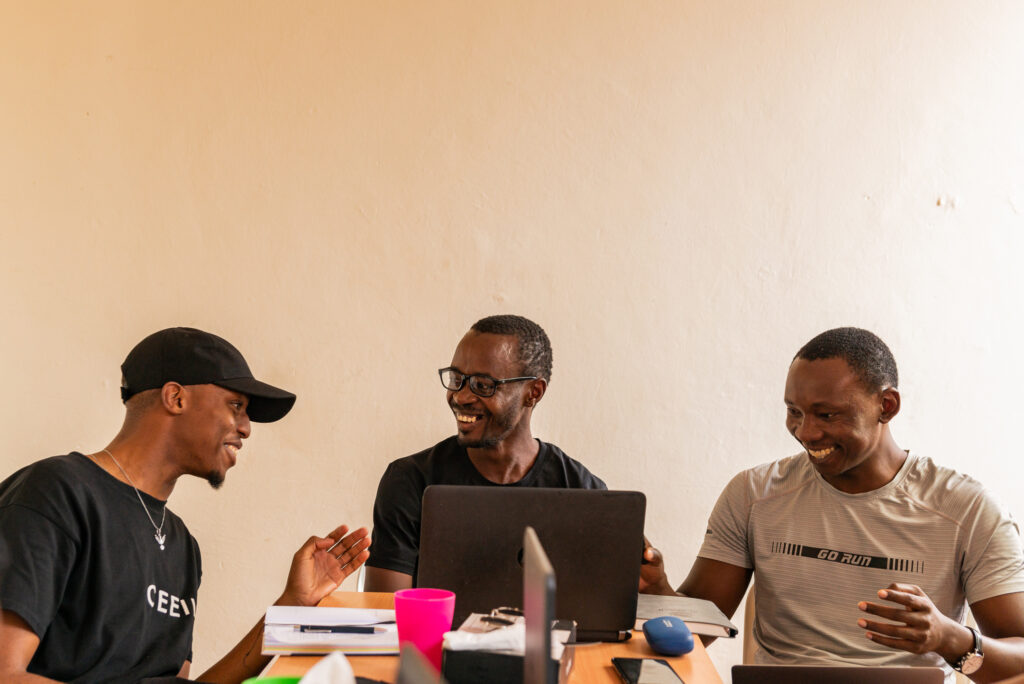
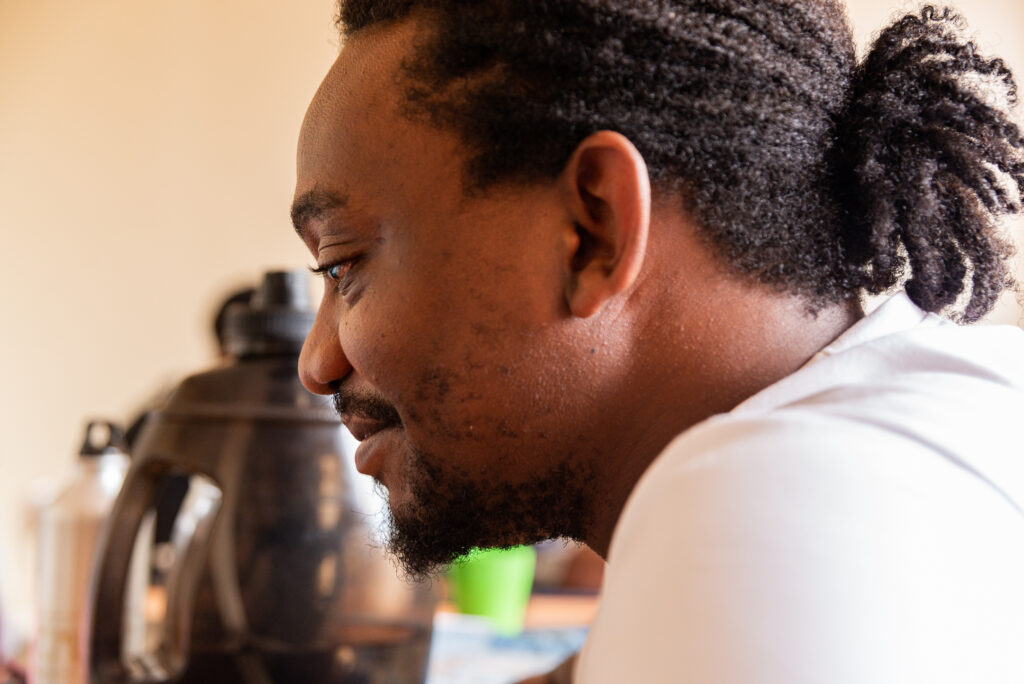
This website is an archive of the outcomes of the workshop, including a toolkit which we encourage other media training organisations to download and explore. The project is a collaboration between FOTEA Foundation (UG) and the Networked Audience research project at the Royal Academy of Art (NL). It was funded by Hivos through their R.O.O.M. program.
